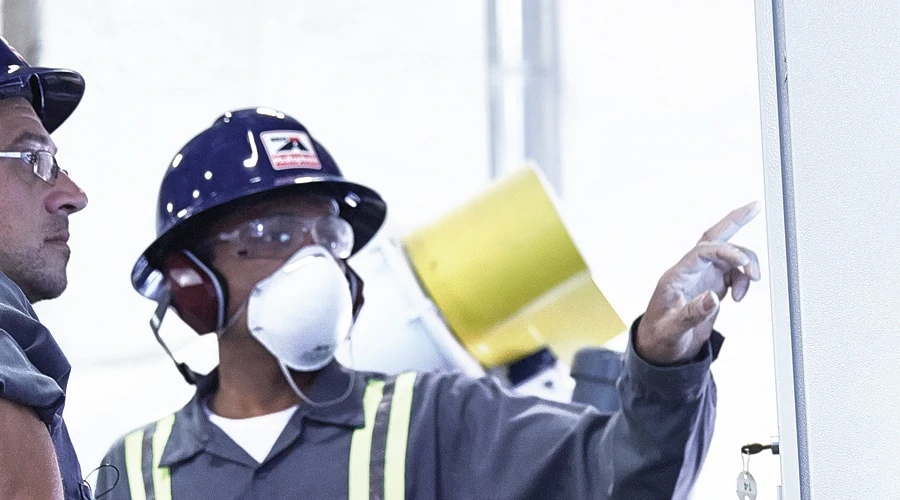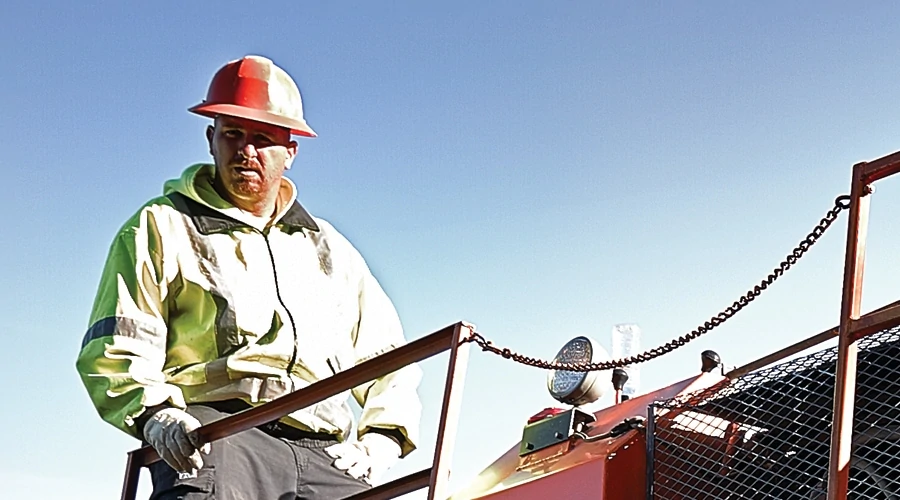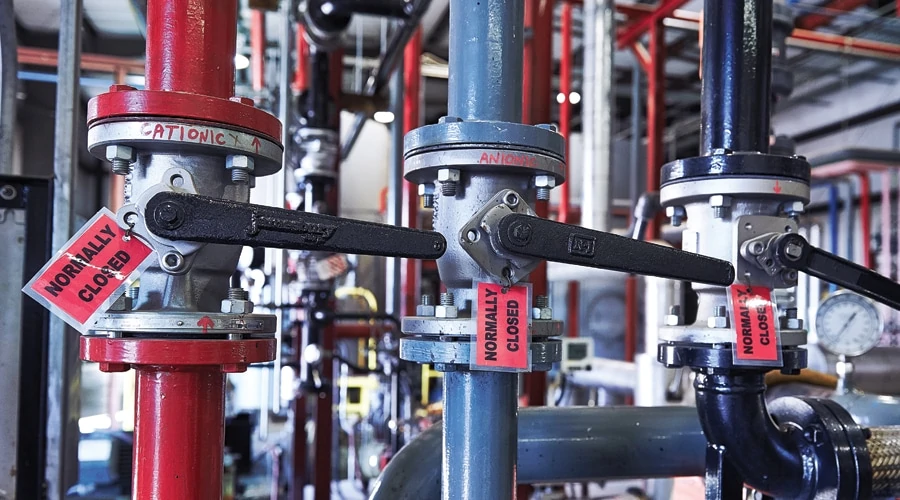Playing the stock market

Think you can’t afford to use custom photography? The truth is, in some industries, you can’t afford not to.
It used to be that the cost of brand photography was prohibitive for all but the largest companies. But these days, even the most insignificant marketing component is not without an image.
This is partly because stock photography houses like Getty and Masterfile have spent two decades building online libraries of such massive size that it boggles the mind (a keyword search of “restaurant,” for example, turns up nearly 300,229 results). Accordingly, the use of stock photography in communications has far eclipsed the use of custom photography, typography and illustration.
The explosion of stock photography has been a welcome development in many ways—photography often can deliver ranges of emotion that other styles of communication simply cannot.
Sometimes, though, this vast access raises expectations to a level that can’t always be met. Even the most specific and varied collection can be found lacking (the photo essay accompanying this story is a good example: search the major stock houses for “asphalt manufacturing” and see how many hits you get). If you do manage to find some suitable images in the category you’re looking for, the chances are slim you’ll find an up-to-date set of photos that are varied enough for your needs, that look like they all came from the same photo shoot and that someone else hasn’t gotten to first. Any cost savings you may have found in using stock can quickly get eaten up paying a designer for hours and hours of poring through photos, with little to show for it in the end.
Which brings us back to custom photography, an option that you should consider including in your brand’s toolkit.
According to Toronto photographer Craig Samuel, there are two good reasons to invest in a custom shoot.
“One is the ability to tailor the images to actually suit the needs of your communications,” he says, noting that a custom shoot allows you to create a series of images that will be more flexible to use (e.g., in horizontal and vertical spaces, close-ups or panoramas).
The second reason to consider custom photography is that, like using a specialized typeface or colour palette, it’s one more component that can help create a unique look.
“Everyone uses the same stock,” Samuel explains, “so creating a unique set of palette images with your own stylization makes you stand out from the crowd in a huge way—it’s a custom look, and only you have it. It makes good business sense.”
Many companies are unaccustomed to thinking about photography as a long-term investment, but that’s exactly what it is. It probably won’t pay for itself in year one, but taken over time, the cost could actually end up being less than paying for the rights to stock photography (see below for a breakdown).
Another benefit is the ability to add a video shoot into the mix.
“In today’s market, you have to have motion on the web,” says Samuel. “With a custom shoot, you can hire a photographer and video team at the same time, or you can hire a photographer who also has motion skills. This reduces the number of times your staff and company’s locations have to be accessed. It also simplifies the communication between the creative teams on the end goal, and synchs up the stylization across video and photos.”
Over time, you can undertake new shoots to build a larger library of your own images, giving you the freedom to choose an image for nearly any marketing purpose. A side benefit is the pride this can instill in your stakeholders and employees: when they see their workplace (and, in many cases, themselves and their peers) cast in a great light, it can create a tangible understanding of the benefits of working for your company.
The bottom line? An investment in a photo shoot is an investment in your brand’s image.
Photography by Craig Samuel, from a custom shoot commissioned by MCA, a Canadian asphalt company









Taking stock
Still not sure about which way to go? Here are the main options.
Royalty-free stock photography
Pros: You usually only pay once for an image, and you can use it for any project, for an unlimited amount of time, quantity and distribution. Images are generally low cost. Cons: The images are non-exclusive, which means they may be used by your competition or by any other company, and you have no way of tracking who has used them.
Rights-managed stock photography
Pros: Stock companies usually keep their best photos for this service. Images are tracked, so you will know who else is using a photo and how. Cons: Your usage is limited by time, quantity and distribution. If you want to reuse the image beyond the initial agreement, you have to renegotiate the terms. More expensive than royalty-free (on average, four to 10 times more), and a competitor can still use the image—restricting the image usage will cost you more again.
Creative Commons stock photography
Pros: These images, a mix of professional and semi-professional, are “free”; many images simply require attribution and can be used for anything. Cons: Images aren’t tracked. Terms and conditions can be complicated—for example, usage can be restricted to non-commercial or unaltered use.
Custom photography
Pros: A custom shoot gets you security of ownership: excellent, on-brand images of your product or service, zero chance of your competitors using the same image, and clear usage terms. A library can be built over time. Cons: Initial costs can be higher than royalty-free stock, but can be lower than rights-managed.